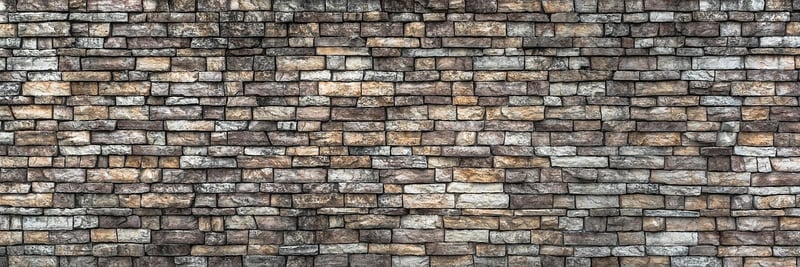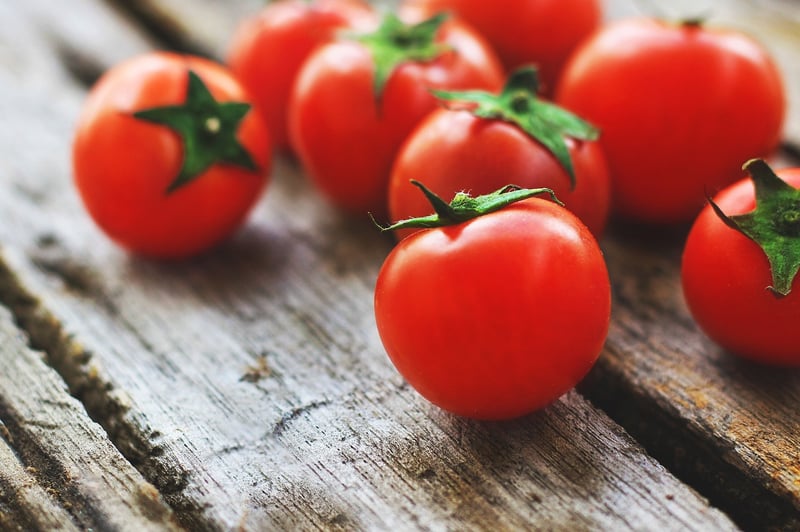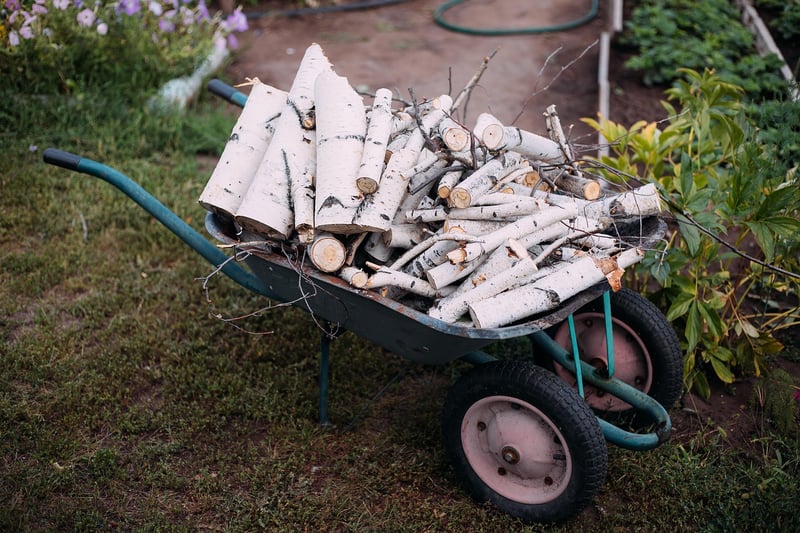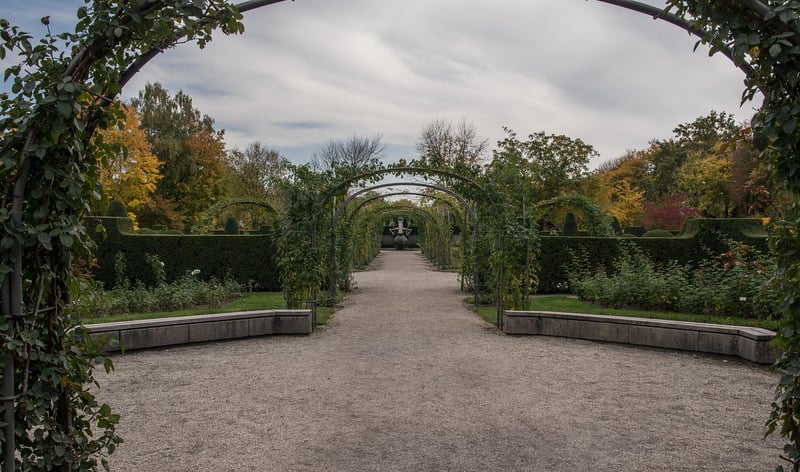Trellising
Vertical Gardening and Trellising: Maximizing Your Growing Space
Vertical gardening and trellising are innovative techniques that allow you to make the most of limited space while adding aesthetic appeal to your garden. Whether you have a small balcony, patio, or backyard, these methods can help you grow a variety of plants in a vertical arrangement. Let's explore some popular methods for vertical gardening and trellising:
1. Vertical Garden Walls
Vertical garden walls are a great way to create a stunning display of plants while saving space. You can use modular wall planters or create your own vertical garden using pallets, gutters, or hanging pockets. Herbs, succulents, and small flowering plants thrive in vertical garden walls.

2. Trellising for Climbing Plants
Trellises provide support for climbing plants such as peas, cucumbers, and tomatoes. You can use bamboo poles, wire mesh, or wooden trellises to help these plants grow vertically, saving space and preventing them from sprawling on the ground. Make sure to secure the trellises firmly in the soil to support the weight of the plants.

3. Hanging Baskets and Vertical Planters
Hanging baskets and vertical planters are ideal for growing trailing plants like petunias, nasturtiums, and strawberries. You can hang these planters on walls, fences, or pergolas to add a pop of color and greenery to your outdoor space. Ensure proper drainage to prevent waterlogging.

4. Espalier Fruit Trees
Espalier is a technique where fruit trees are trained to grow flat against a wall or trellis. This method not only saves space but also makes it easier to prune, harvest, and protect the trees from pests. Popular fruit trees for espalier include apples, pears, and figs.

By incorporating vertical gardening and trellising into your gardening routine, you can transform any space into a lush and productive garden. Experiment with different methods and plant combinations to create a personalized vertical oasis that suits your style and needs.
